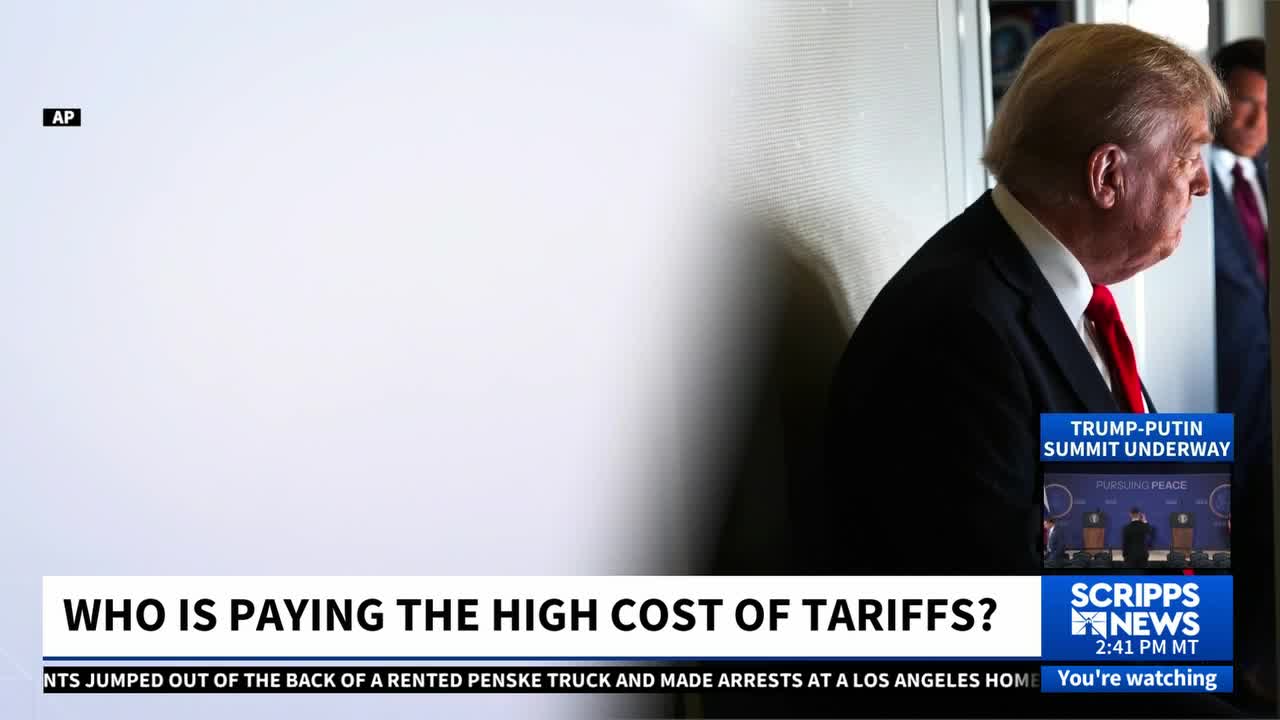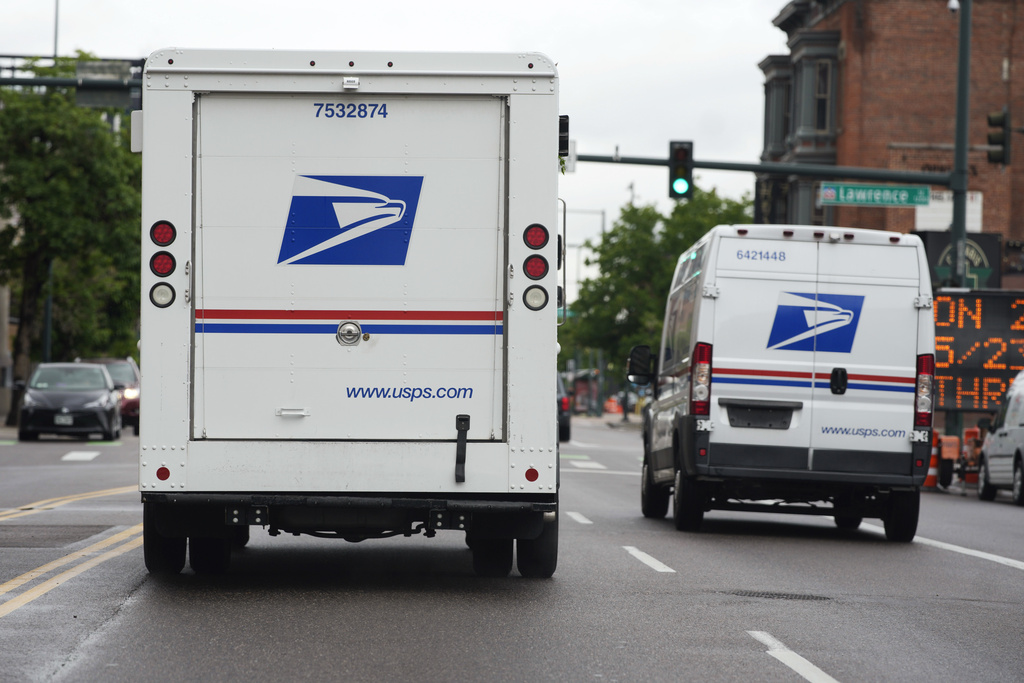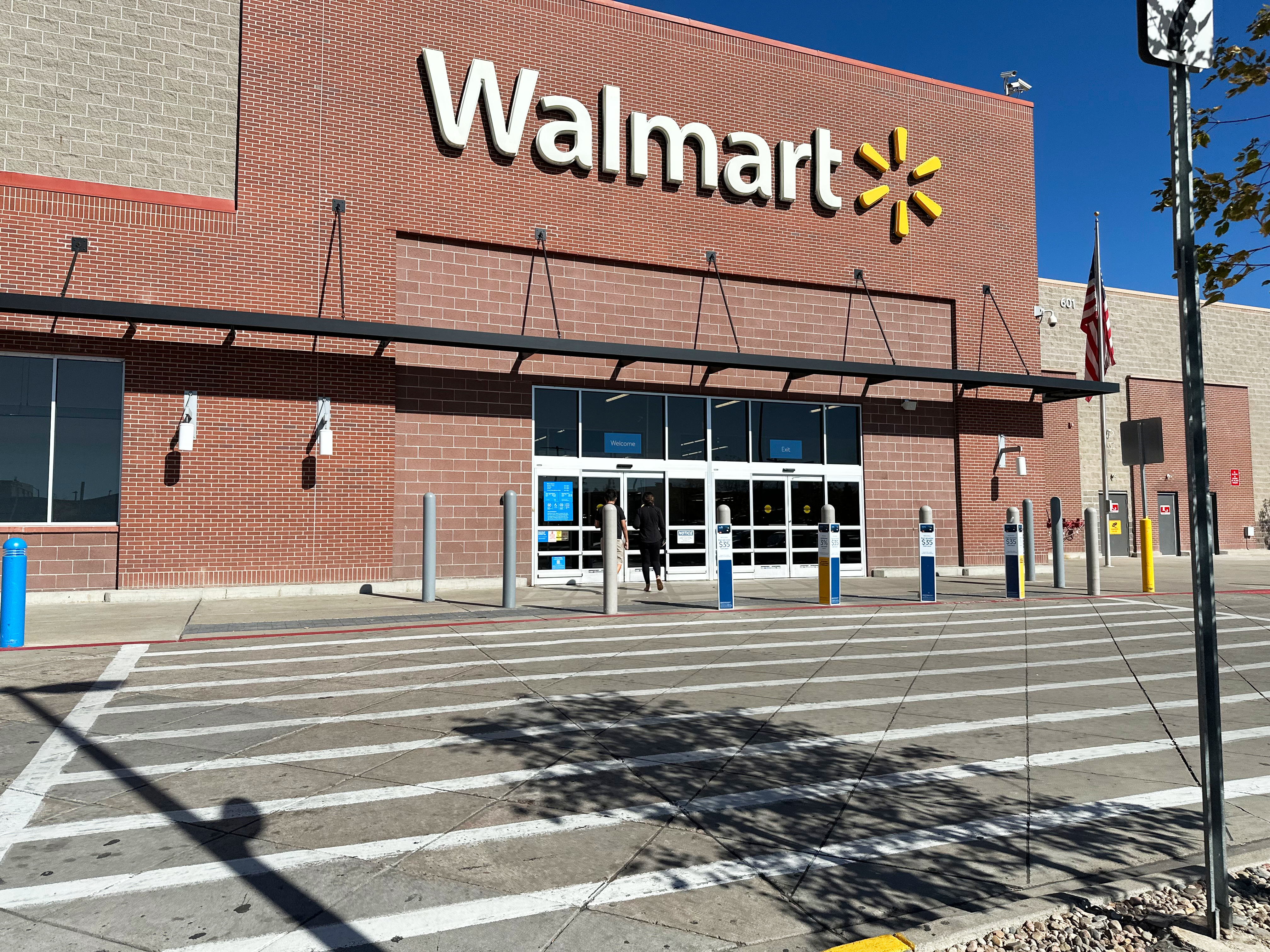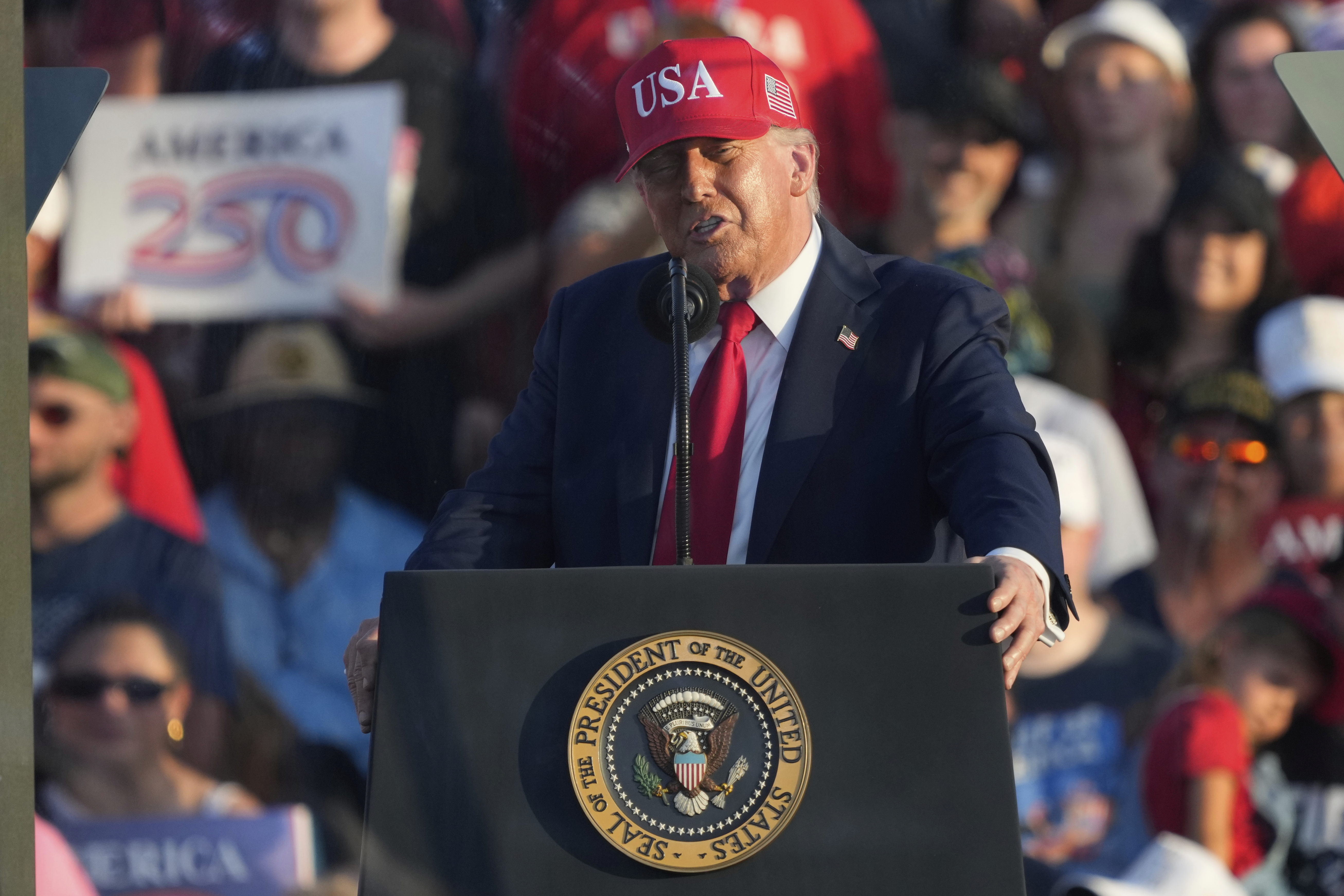Economic indicators this week have showed new effects of President Donald Trump's tariffs.
This week the Producer Price Index, which tracks changes in sellers' price points, surged unexpectedly.
While the PPI does not explicitly include tariffs, it is one of several factors that show how price increases are directly tied to the costs of increased tariffs.
For American consumers, this could mean there are still higher price hikes ahead for everything from groceries to clothing to vehicles.
"I think the evidence is pretty much clearly showing that it is the importer that is bearing the cost of the tariffs." Said Alex Durante, senior economist at the Tax Foundation. "And right now that is largely U.S. businesses."
President Trump has insisted he wants big businesses to eat the cost of tariffs. He has doubled down on social media, saying tariffs haven't caused any problems for America.
But new Goldman Sachs research projects businesses will pass on higher price increases come fall.
"If you look at the pre-tariff import price, they have actually risen slightly. If a foreign exporter was absorbing the tariff, those prices would fall," Durante said.
RELATED STORY | Can buying local help you beat rising grocery prices amid tariffs?
Some U.S. business owners, like grocery store chain owner Stew Leonard, have gotten creative, splitting costs with producers for now.
"The cost has gone up for both of us," Leonard said. "Everybody is complaining about food store prices. We don't want to raise prices. We're not trying to do it."
New data Friday from the University of Michigan shows consumer sentiment declined 5% in August, the first downturn in 4 months.
But credit card spending is up toits highest since January, according to a Bank of America analysis. That measure also shows a widening gap between income and spending for lower-income households.











